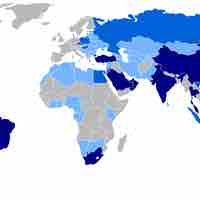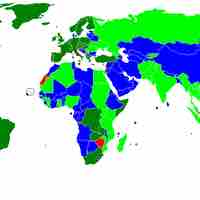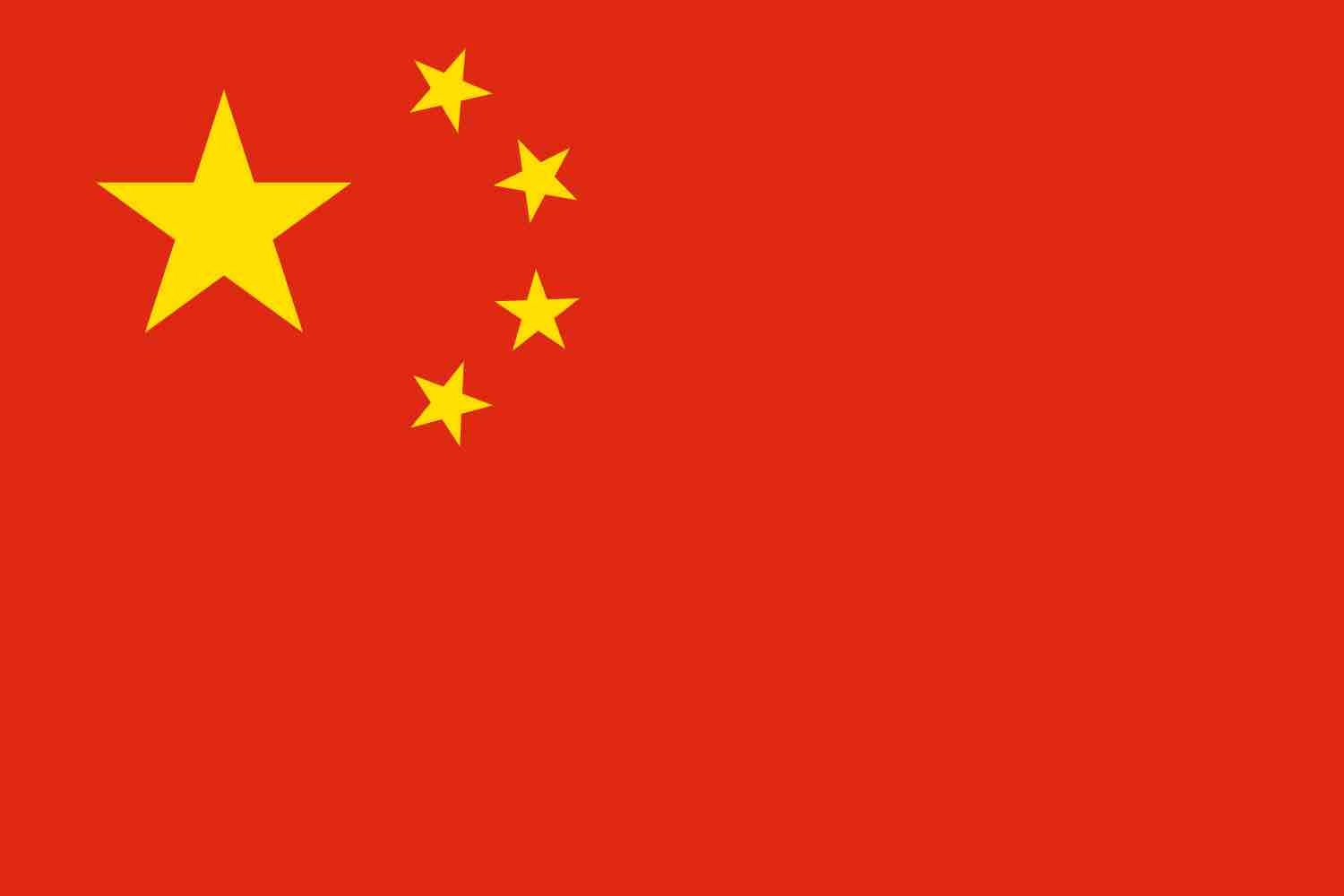Section 2
Exchange Rates
By Boundless
In finance, an exchange rate between two currencies is the rate at which one currency will be exchanged for another.
There are two methods to find the equilibrium exchange rate between currencies; the balance of payment method and the asset market model.
Real exchange rates are nominal rates adjusted for differences in price levels.

A government should consider its economic standing, trade balance, and how it wants to use its policy tools when choosing an exchange rate regime.

The three major types of exchange rate systems are the float, the fixed rate, and the pegged float.

A fixed exchange rate is a type of exchange rate regime where a currency's value is fixed to a measure of value, such as gold or another currency.

Managed float regimes are where exchange rates fluctuate, but central banks attempt to influence the exchange rates by buying and selling currencies.